±0.01 mL Accuracy with a Vape Cartridge Filling Machine
Hitting ±0.01 mL on 0.3–1.0 mL cartridges isn’t luck—it’s design. This guide distills the essentials for a vape cartridge filling machine: choosing the right metering technology (servo-driven syringe vs gear vs peristaltic), locking accuracy with a gravimetric calibration plan, and keeping control via in-process verification and SPC.
If you’re running medium- to high-viscosity oils and need consistency at scale, the playbook below gives you a practical, auditable path.
Servo-driven Syringe (piston) vs Gear Pump vs Peristaltic Pump - key takeaways
If your top goal with a vape cartridge filling machine is achieving plus or minus 0.01 mL and the fluid is medium to high viscosity, choose a servo-driven syringe. If you need fast changeover and minimal cross contamination on the line, a peristaltic setup is the next choice. For long runs with a single formulation and stable temperature and back pressure, a gear pump can meet the target but is more sensitive to conditions.
Dimension | Servo-driven syringe (piston) | Gear pump | Peristaltic pump |
Principle | Linear stroke with fixed cross-sectional area gives deterministic volume | Gear tooth cavities transfer fluid with some internal slip | Tubing compression moves discrete segments, approximate volume |
Accuracy potential | Highest accuracy, readily achieves plus or minus 0.01 mL | Moderate to high accuracy with strict temperature and back pressure control | Moderate accuracy, can meet target but depends on tubing condition |
Sensitivity to viscosity and temperature | Low | Medium to high | Medium |
Changeover and cleaning | Medium, CIP and SIP friendly | Medium, requires full purge | High, swapping tubing equals changeover |
Throughput | High | Very high | Medium to high |
Maintenance and consumables | Seals and piston rings | Shaft seals and gear wear | Tubing aging is the main variable |
Typical use | High accuracy with medium to high viscosity, multiple fill sizes | Single formulation with long continuous runs | Frequent formula changes, small batches, cleanliness priority |
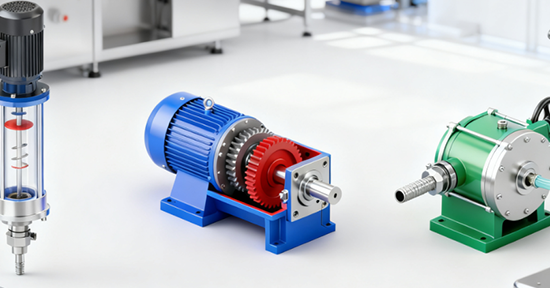
How a vape cartridge filling machine locks in +/- 0.01 mL
Method (gravimetric as the ground truth)
For a automatic vape cartridge filling machine, the most dependable path to +/- 0.01 mL is to calibrate by mass and back-calculate volume with density: Volume = Mass / Density. Use the density at the actual process temperature, ρ(T). Water values can come from tables, but for real vape oils measure ρ(T) at the setpoint with a pycnometer or density meter. Conditioning material and hardware to the same temperature neutralizes thermal expansion effects and the viscosity drift that often appears on terpene-rich oils.
Equipment and environment (enable true repeatability)
Let the automatic vape cartridge filling machine show what it can do by pairing it with an analytical balance (readability ≤ 1 mg) and a proper draft shield so 10-µL differences are resolvable. Preheat the tank, lines, and nozzles to the process setpoint and hold steady for 15–30 minutes. Keep the room within +/- 1 °C, and use a consistent container lot to cut noise from tare and effective-volume variation. If your formulation is volatile, weigh promptly after fill to minimize evaporative loss.
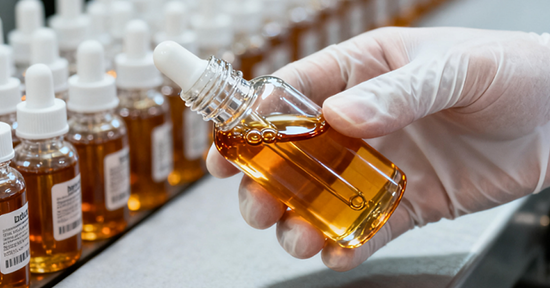
Automatic Vape Cartridge Filling Machine Procedure
Tare and record each empty container. Fill a sequence of n = 10-20 samples from the vape cartridge filling machine and weigh them. For each piece, compute Vi = (mi - mtare) / rho(T), then calculate the mean Vbar and standard deviation s. Apply a one-point or two-point adjustment (e.g., 0.3 mL and 1.0 mL) to correct offset and linearity. Re-run n = 10 to confirm acceptance: |Vbar - Vtarget| <= 0.01 mL and repeatability 2s <= 0.01 mL (stricter: 3s <= 0.01 mL). Log a full calibration record - temperature, measured density, formulation lot, pump/stroke settings, nozzle condition, and balance certificate - for traceability.
Frequency and triggers (bake recalibration into the cadence)
Do a short check (n = 5) at daily startup, formulation changeover, or when a new oil lot is introduced to snap the vape cartridge filling machine back to target. After tubing/nozzle replacement or any maintenance, run a full calibration (n = 10–20) to restore linearity and repeatability. If in-process checks show drift > 0.01 mL or SPC flags an out-of-control condition, stop, recalibrate immediately, and resume production only after the line meets the acceptance limits.
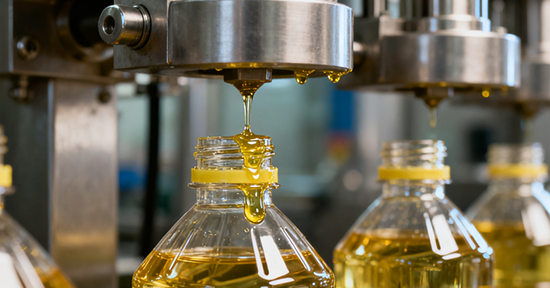
Keeping a Automatic Vape Cartridge Filling Machine in Control Between Calibrations
Sampling strategy
At ramp-up, verify thermal and flow stability with pulls at t=0, +5, and +15 minutes (n=5 each). During steady production, sample every 30 minutes or every 600 units (n=5–10). Trigger extra checks after restarts, refills, cleaning, or temperature/pressure alarms. Randomize across lanes/nozzles so the automatic vape cartridge filling machine is evaluated as a system, and log time, temperature, lot, and nozzle ID to make any anomaly traceable.
Acceptance criteria
Judge each sample set against explicit limits: single-unit deviation |Vi - Vtarget| <= 0.01 mL; subgroup mean deviation <= 0.006 mL; subgroup range R <= 0.01 mL. These guardrails keep the vape cartridge filling machine centered while controlling spread. If results often hug the limits, introduce an internal guardband (e.g., tighten the subgroup mean by 20–30%) or increase n to boost detection power, and verify that measurement uncertainty (balance and density) is not dominating the signal.
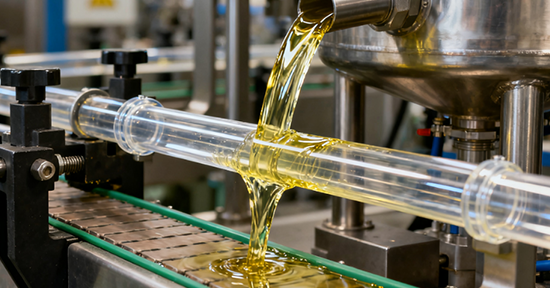
Statistical process control (SPC)
Use Xbar-R (or moving-range for single-piece checks) with Western Electric rules to catch limit breaches, trends, and two-of-three near-limit hits. Maintain separate charts per nozzle when practical, then roll up to a line-level dashboard. Linking SPC to lot numbers, fill temperature, and setpoints from the automatic vape cartridge filling machine helps you pinpoint root causes like slow heat-up, nozzle wear, or back-pressure drift.
Online and digital monitoring
Add an inline checkweigher for 100% inspection and auto-reject; compensate for container variability with a tare/weight model to minimize false calls. Log metering signals—servo stroke counts, gear pulses, or peristaltic timing—and set thresholds to flag drips, bubbles, or intermittent flow from the vape cartridge filling machine. When the digital trace and scale data disagree, auto-pause and prompt an operator check to prevent long runs of latent defects.
Out-of-control response
When any rule trips, quarantine the suspect time window and retest n=10. If |Vbar - Vtarget| > 0.01 mL or 2s > 0.01 mL, stop the run and recalibrate. Define the affected inventory, perform 100% recheck or graded rework, and document a CAPA. Feed the root cause back into the automatic vape cartridge filling machine setup (e.g., temperature setpoint, micro-retract, fill speed, back-pressure) and verify effectiveness on the next sample set.
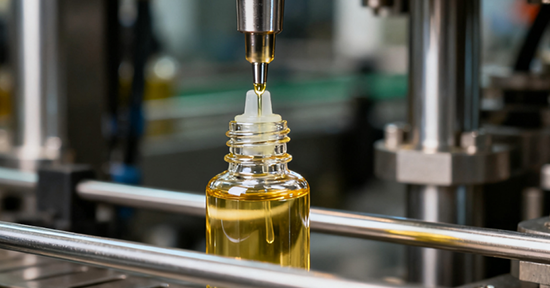
Operating condition upkeep
Hold fluid and hardware within +/- 1 C and allow a 15–30 minute thermal soak; degas to remove entrained air and keep back-pressure regulated. Fix nozzle immersion depth and micro-retract settings to reduce bubbles and stringing. Replace peristaltic tubing on a defined life schedule (hours or stroke count) with change records. Good housekeeping—tight fittings, clean filters, and periodic sensor checks—lets the automatic vape cartridge filling machine maintain its native repeatability, keeping SPC charts quiet and predictable.
Conclusion
To consistently achieve ±0.01 mL, start with fit-for-purpose metering (servo syringe as the accuracy baseline, peristaltic for fast changeovers, gear for single-formula long runs with tight thermal/back-pressure control). Cement the target using a density-corrected gravimetric calibration, then guard it with disciplined sampling, SPC rules, and digital monitoring on the vape cartridge filling machine.
Table of Contents











